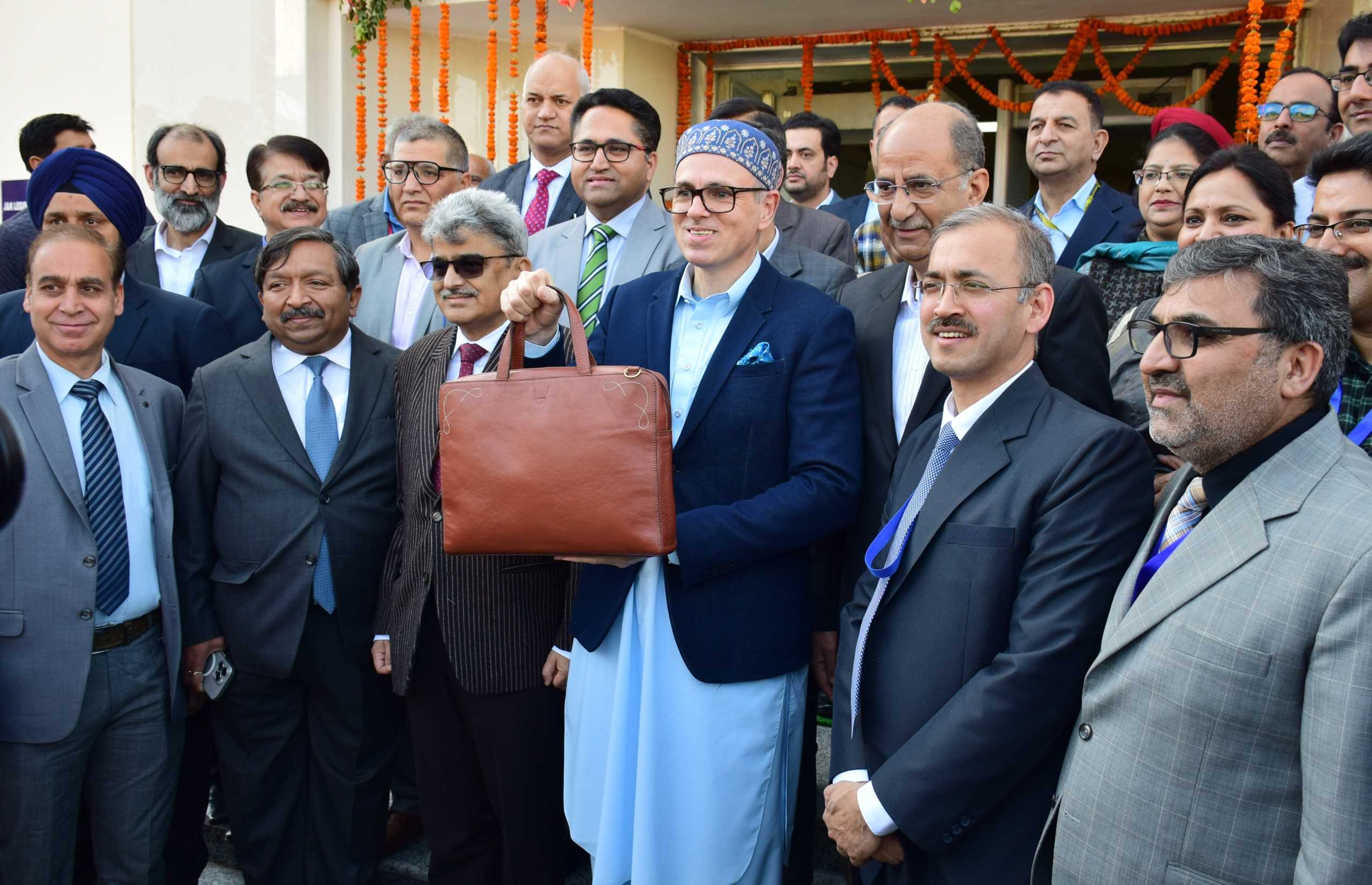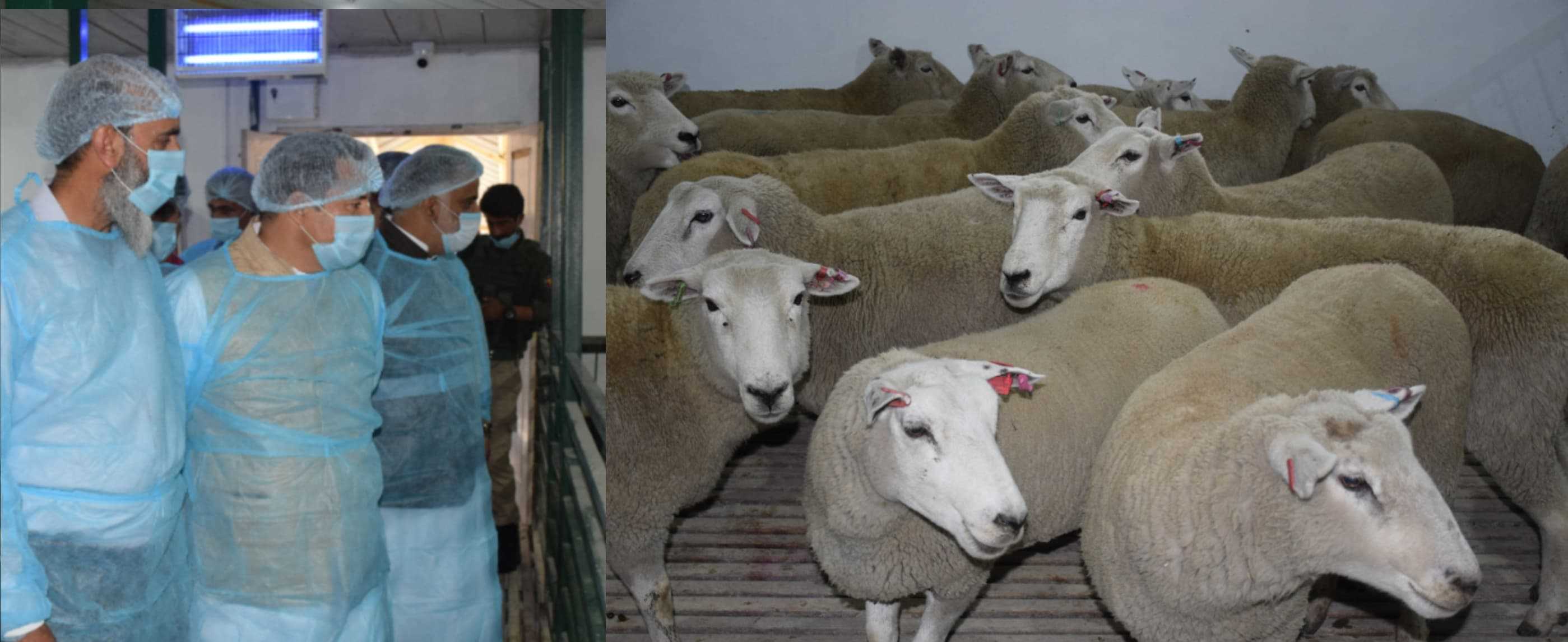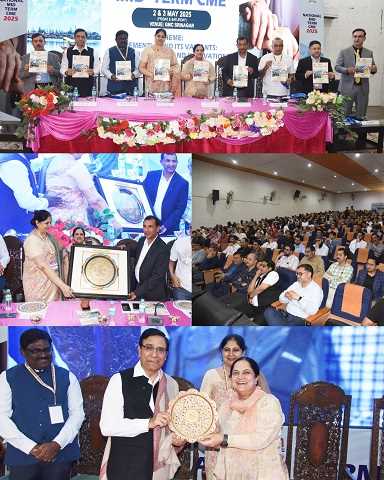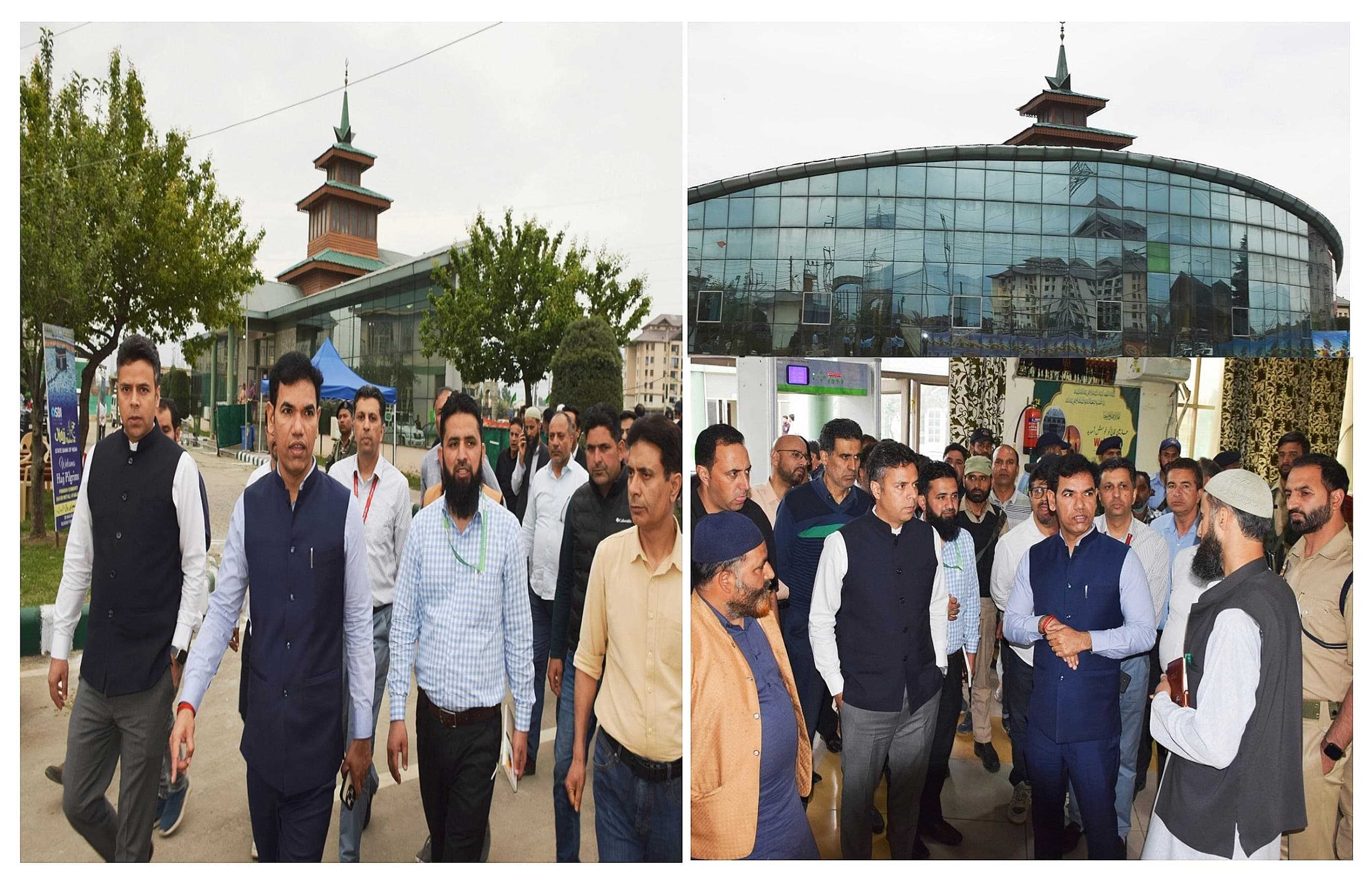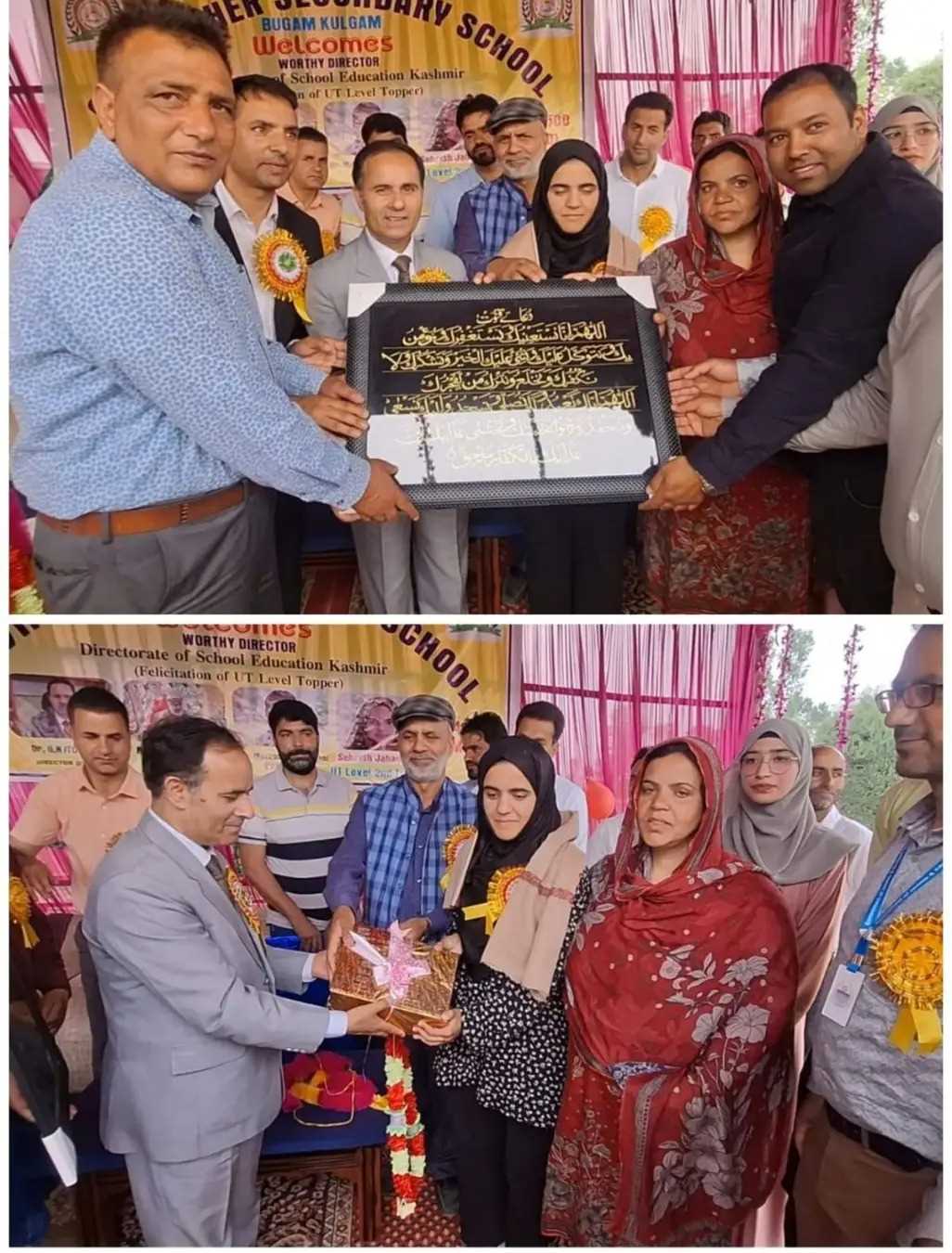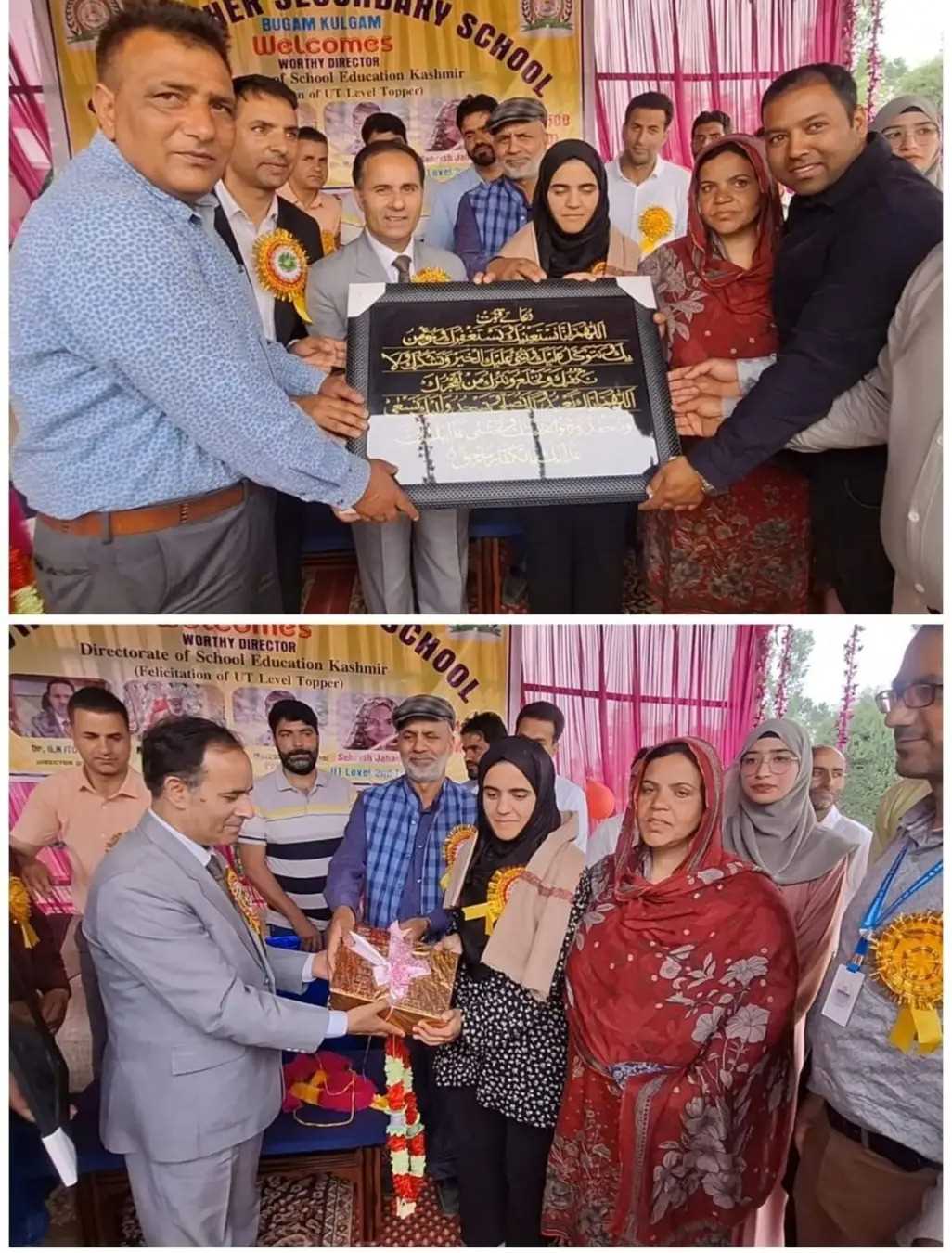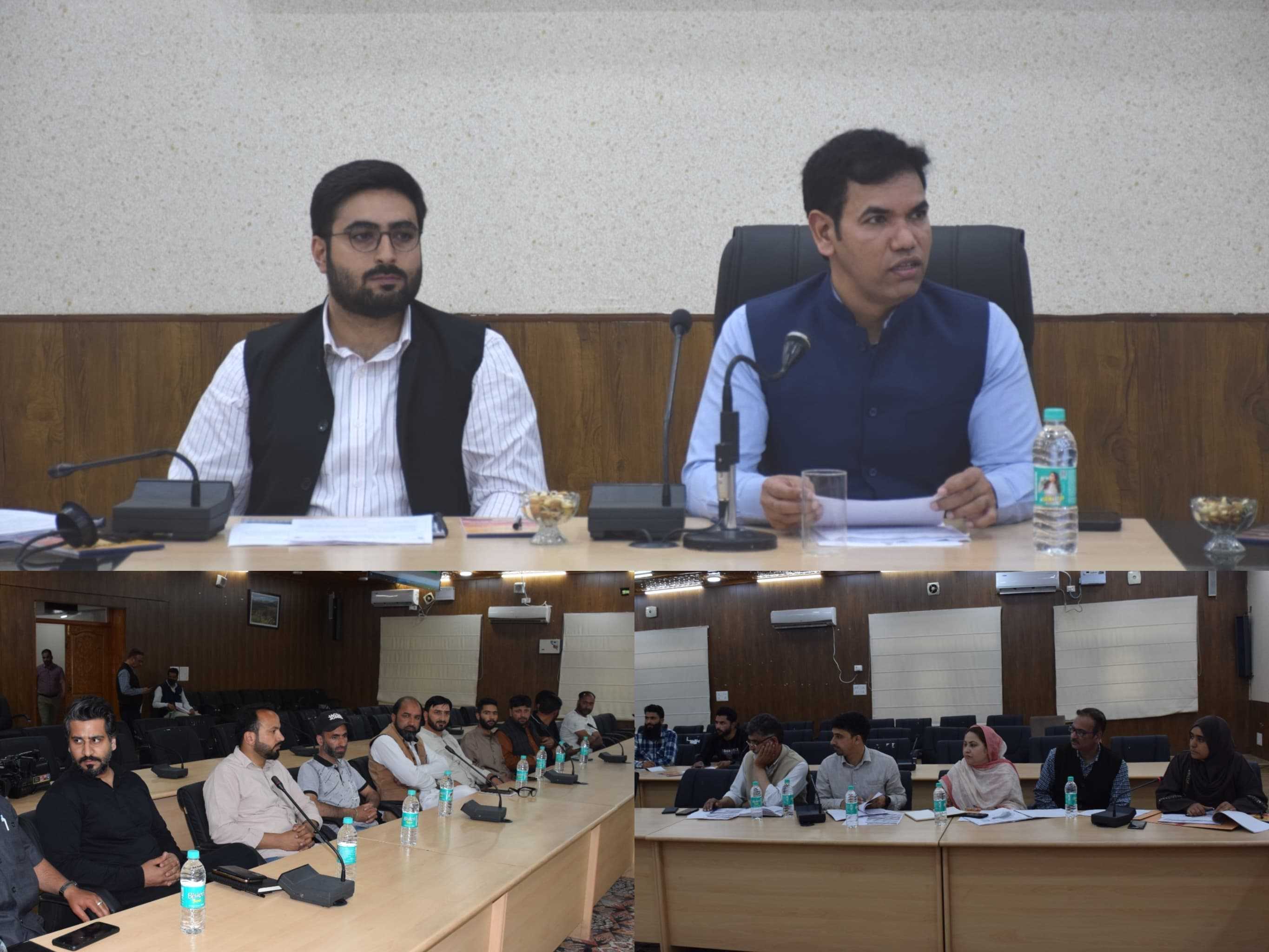Chief Minister Omar Abdullah on Friday revealed that the government will introduce a new hydropower policy to tap its full potential of 20,000 MW and attract private investment.
Presenting his maiden budget in the Assembly today, Omar said the government is also reforming metering, billing, and collection to strengthen the power sector in the Union Territory.
“To unlock J&K’s full hydropower potential, my government will introduce a new hydropower policy to accelerate development, attract private investment, and drive sustainable energy growth,” the CM said.
He proposed an allocation of about Rs 2,021.37 crore for the power sector in 2025-26 against Rs 762.80 crore 2024-25.
The power sector is a top priority for his government, as it is the backbone of a thriving economy, he said.
“Our vision is two-fold: first, to make J&K an energy hub, achieving self-sufficiency and becoming a net power exporter by harnessing its vast hydro potential; and second, to ensure 24/7 reliable and affordable electricity for all households by 2027-28.
“To achieve this, we are implementing a well-coordinated plan, covering all key aspects of the power supply chain,” he said.
J&K has a hydro potential of 20,000 MW, but only 3,400 MW has been harnessed, he noted.
To fast-track development, Pakal Dul, Kiru, Kwar, and Ratle will add over 3,000 MW by 2027, while new projects like Kirthai-I, Dulhasti-II, Bursar, Sawalkote, Uri-I Stage-II, Ujh, and Kirthai-II will add 4,500 MW within a decade, ensuring energy self-sufficiency and making J&K a power exporter, the chief minister said.
Under-recovery has dropped from Rs 6,552 crore in 2022-23 to Rs 5,244 crore in 2023-24, with a target of Rs 4,200 crore in 2024-25, he said, adding that expanding the consumer base, smart meters, online billing, and aerial bunched cables are driving this turnaround.
He said high AT&C losses resulted in huge outstanding liabilities for power purchase, for which Rs 28,000 crore were borrowed in the last few years, raising public debt from 48 per cent of GSDP in FY 2015-16 to 52 per cent in 2023-24.
“To mitigate this, we are reducing high-cost debt, optimising liabilities, and calibrating the repayment schedules for long-term fiscal stability,” he said.
The chief minister said the Centre has sanctioned Rs 5,620 crore under the Revamped Distribution Sector Scheme (RDSS) to enhance the power distribution infrastructure and ensure a reliable, efficient, and financially sustainable power supply.
Under this scheme, J&K has submitted an ambitious investment plan of Rs 12,922 crore, focusing on smart metering, loss reduction, and modernisation of the distribution network in rural and urban areas, he noted.
Abdullah said the phase-I of the scheme is currently under execution and over 40 per cent progress has already been made in loss reduction works, and the projects are on track for completion by 2026, with more than 40,000 smart meters installed so far.
Emphasis has been placed on enhancing the aesthetic appeal of Jammu and Srinagar by converting overhead electrical networks into underground cabling along major roads, he added.
The government is also promoting rooftop solar installations under the PM Surya GharMuft Bijli Yojana, while solarisation of 22,494 government buildings with a total capacity of 314 MW is set to be completed by December this year, the chief minister said.
Highlighting a key challenge, he said there is a gap between the cost of power supply and revenue collection.
